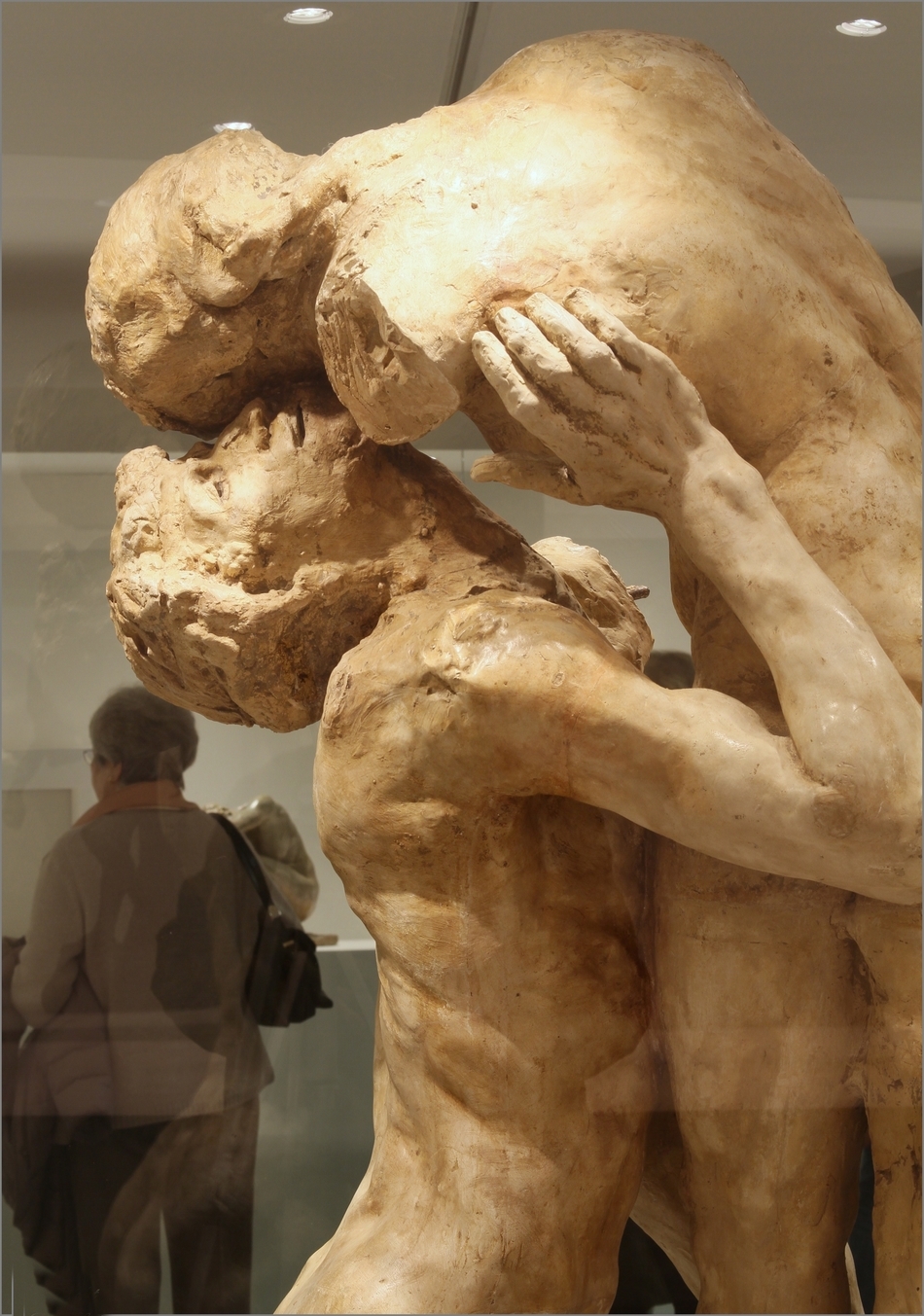Jonas Lie (April 29, 1880 - January 18, 1940) was a Norwegian-born American painter.
He is best known for colorful paintings of coastlines of New England and city scenes of New York City.
Jonas Lie was born in Moss, in Østfold county, Norway.
His father Sverre Lie, was a civil Norwegian engineer and his mother Helen Augusta Steele, was an American from Hartford, Connecticut.
His father was a brother of Thomasine Lie who had married their cousin Jonas Lie, the famous Norwegian author, whom the painter was named after.














.jpg)

























.jpg)









